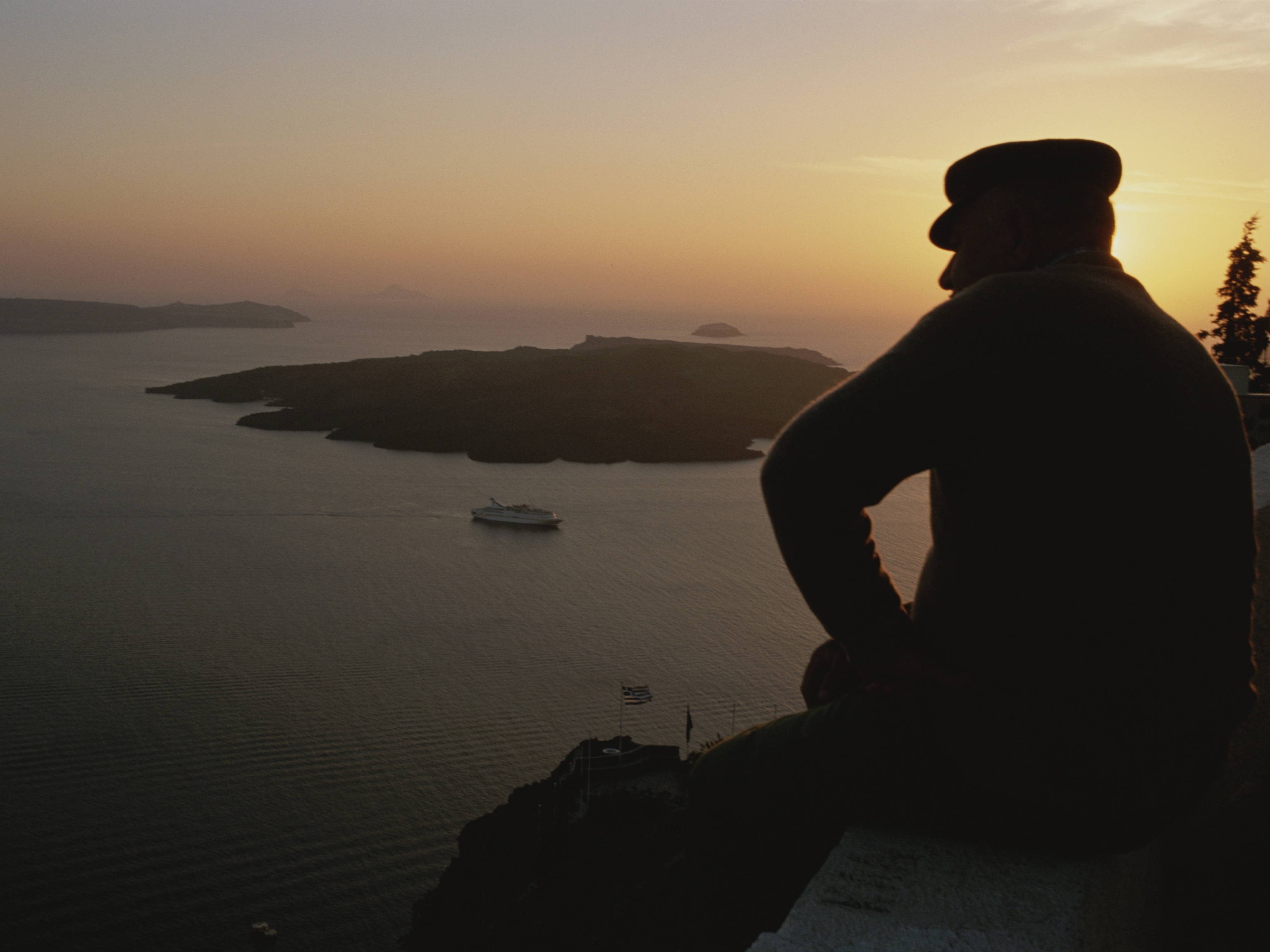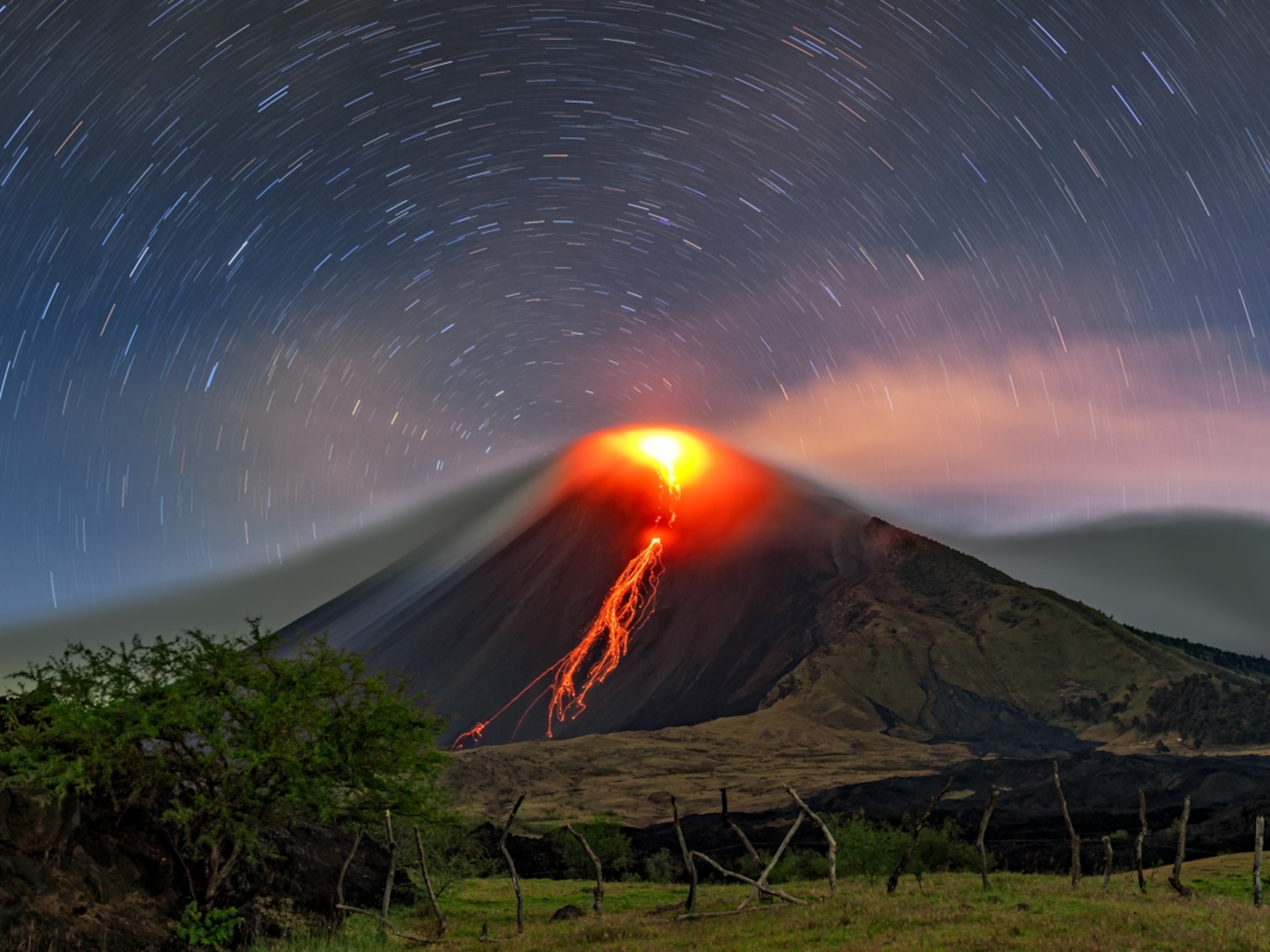
Volcanic Eruption That Changed World Marks 200th Anniversary
The effects of Tambora's cataclysmic eruption were felt for years around the Earth.
Two hundred years ago on April 10, the Indonesian volcano Tambora erupted, obliterating an entire tribe of people, cooling the Earth by several degrees, and causing famines and disease outbreaks around the world.
It remains the largest eruption on historical record: larger than the 1883 eruption of Krakatoa, and roughly 20 times bigger than Mount Vesuvius, which wiped the Italian town of Pompeii off the map. If such a cataclysmic event happened now, the results would be even messier, experts say.
"The consensus is that it would be absolutely devastating," says Gillen D'Arcy Wood, an environmental historian at the University of Illinois at Urbana-Champaign. Our transportation, food, and humanitarian infrastructure are much better now than they were in the early 1800s, he says. "But we are also a planet of seven billion with a highly complicated global food and trade network."
Think of the disruptions to worldwide air travel when Iceland's Eyjafjallajökull volcano erupted in 2010, Wood says. That was a small eruption compared to Tambora.
Estimates of the death toll after the Tambora eruption range from 71,000 to 121,000. But the world is much more densely populated today, says Janine Krippner, a volcanologist and doctoral student at the University of Pittsburgh in Pennsylvania. If something like Tambora blew its top now, a far greater number of lives would be in danger, she says.
Blowing Hot and Going Cold
"There are about 1,500 potentially active volcanoes around the world in a [given] year," Krippner says. And about 800 million people live within 62 miles (a hundred kilometers) of one. That's a lot of people that could be in harm's way of an eruption.

Many of the immediate deaths surrounding Tambora were caused by people getting hit with pyroclastic flows—avalanches of superheated gas, ash, and debris. They wiped out a tribe living as far as 16 miles (25 kilometers) away from the volcano. The only evidence of their existence includes excavated artifacts, the skeletons of two people turned to charcoal due to the intense heat, and a vanished language of which we know only 48 words.
The resulting tsunamis, starvation, and diseases like typhus—the result of unending rain, poor hygiene, and weakened bodies—took care of the rest of the worldwide death toll.
"We know from history that this type of event would cause global cooling for two to three years," says Haraldur Sigurdsson, a retired volcanologist at the University of Rhode Island.
Ash and sulfur lofted high into Earth's atmosphere by the Tambora eruption dimmed incoming sunlight, lowering global temperatures by about 3°F (1.7°C). The 1991 Mount Pinatubo eruption in the Philippines is a modern example of this. It cooled the planet by about 1°F (0.5°C).
Dying to Live
Climate changes like that could cause crop failures, explains Sigurdsson, a former National Geographic grantee.
Riots broke out across Europe when people couldn't find enough food after Tambora, says environmental historian Wood. The effects were particularly chilling in Switzerland: Women who couldn't feed their children committed infanticide rather than see them starve to death, he says. Those mothers were then prosecuted and decapitated.
Even with all of our technology today, there's not much we could do to mitigate a climate crisis like that, says Wood. "We'd just have to suffer through it."
Science hasn't yet cracked the code of predicting when and where such eruptions will happen, says Krippner. She says it keeps her up at night sometimes, but "there's so much more to learn."
Monitoring active volcanoes, especially the big, high risk ones that could put a lot of people at risk, can give researchers a clearer picture of what they can expect in the future, and that can save lives, she says.
Follow Jane J. Lee on Twitter.





